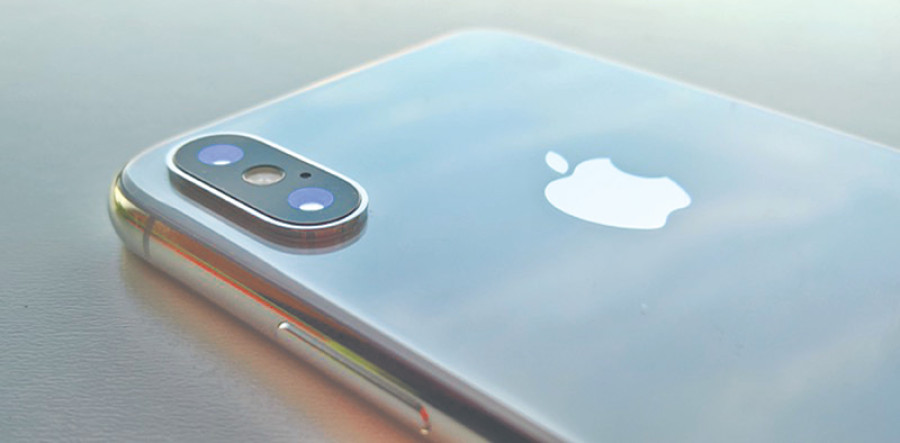Entertainment
The Trinity of Smartphone Cameras
Smartphones have become versatile, multi-purpose devices that have made owning any other gadget almost obsolete.
Bivek Khatiwada
Smartphones have become versatile, multi-purpose devices that have made owning any other gadget almost obsolete. No longer do you have to lug around a music player, a camera, a watch and a planner, along with your phone. And these days, smartphone cameras perform just as well as any of the point-and-shoot variety, if not better. Among the plethora of phones available, I have hand-picked three with exceptional picture-taking capabilities:
Huawei P20 Pro
Scoring over a 100 points on the DxOmark, a popular camera-rating platform, the Huawei P20 Pro is an outstanding camera phone. According to the DxOmark, this phone is equipped with better cameras than the iPhone X, the Samsung Galaxy S9 Plus, and the Google Pixel 2. Huawei has established itself as something of a pioneer in smartphone camera technology by introducing a three-camera setup on either side with the P20 Pro.
Assisting the three cameras on the back is a whopping 40MP RGB sensor and an f/1.8 aperture lens. The 40MP sensor is one of the highest megapixel counts for any smartphone camera, falling only slightly behind the Nokia PureView 808 with its 41MP sensor. The P20 Pro is also equipped with another 20MP monochrome sensor and an f/1.6 aperture lens. With such a wide aperture, the smartphone does well even in lowlight settings. Furthermore, the handset sports another 8MP sensor, which measures 1/4.4-inch in size and has an 80mm lens up front.

The cameras on this handset come with AI Image Stabilisation (AIS), which combines traditional Optical Image Stabilisation (OIS) and Electronic Image Stabilisation (EIS) systems for smarter processing to deliver sharper results. Manufacturers also claim that the handset is capable of capturing four-second exposures with incredible clarity, even without the use of a tripod.
With the new three-camera setup, the smartphone delivers sharp, crisp, and vibrant images, especially in its portraits. The phone meticulously gathers depth information, performs better in terms of edge detection while also adding the bokeh effects. With the new AI and wider apertures, the smartphone is also capable of shooting incredible nighttime and low-light photos without the usual grains. On the top of all that, with the triple-camera setup, images can be zoomed up to 3x without losing details.
Samsung Galaxy Note 9
The Samsung Galaxy S9 Plus had high expectations, primarily because of its sophisticated camera setup. The Galaxy S9 has a DxOmark of 99 points, edging out its primary competitor, the Google Pixel 2. But Samsung recently revamped the phone by introducing adjustable apertures in its camera and adding new features.
The camera now has a ‘scene optimisation’ setup where the AI detects elements in a scene like flowers or the sky and enhances its brightness, colour saturation and sharpness accordingly. Additionally, there is a ‘flaw detection feature’, which notifies users if there is a problem in the background or if the picture is blurred. Most exciting is the S-pen, which is now Bluetooth-enabled and can act as a remote control.

The Note 9 comes with a dual camera setup, with each sensor of 12MP resolution. The primary 12MP sensor has a pixel size of 1.4 µm and a 1/2.55-inch sensor. It includes dual pixel phase detection autofocus for fast, smooth, and accurate autofocusing while shooting images and videos. The lens in front of the primary sensor has a variable aperture setup. The aperture can go wide as f/1.5 and can alsoshrink to f/2.4. In auto mode, the camera switches itself to the narrow aperture when there is more ambient light. Similarly, the camera expands the aperture window to f/1.5 in low light scenarios. There is another 12MP sensor on the phone, which captures images with 2x lossless zooming and garners depth information while taking portrait shots. OIS is also present on both lenses to suppress shakes and vibrations.
For selfies, Samsung has employed an 8MP sensor up front. Despite being short on megapixels when compared with the P20 Pro, the front shooter on the Note 9 does not compromise on quality and sharpness. The Note 9 captures selfies with ample details, proper exposure and pleasing colour tones.
iPhone X
The iPhone X is the most expensive smartphone available in Nepal. Even on the international market, it is still high on the leaderboard when it comes to price. But the price is not just for its design and luster. One of the primary reasons the iPhone X is so highly priced is because of its cameras.
The iPhone X has a 12MP dual camera set up at the back, just like the Note 9. And just like the Note 9, the secondary camera employed on the phone is for lossless optical zooming of up to 2x. Furthermore, the handset also includes OIS on both lenses, similar to that of the Note 9. Despite all these similarities, the iPhone X is still somewhat behind the Note 9’s camera when it comes to photography.
The images captured from the iPhone X have accurate colour rendering and white balance in all lighting conditions. The camera shows great exposure and nurtures details even in low light settings. Even in HDR scenes, the smartphone does not fail to pack substantial shadow and highlight detail. Bokeh effects from the device look natural and closely mimic top-end DSLRs.
To capture selfies, the iPhone X includes a 7MP sensor, which resides on its infamous notch. The front shooter captures selfies with pleasing color tones and facial details that are social media ready so, users don’t have to worry about its low-res 7MP camera.




 16.12°C Kathmandu
16.12°C Kathmandu










